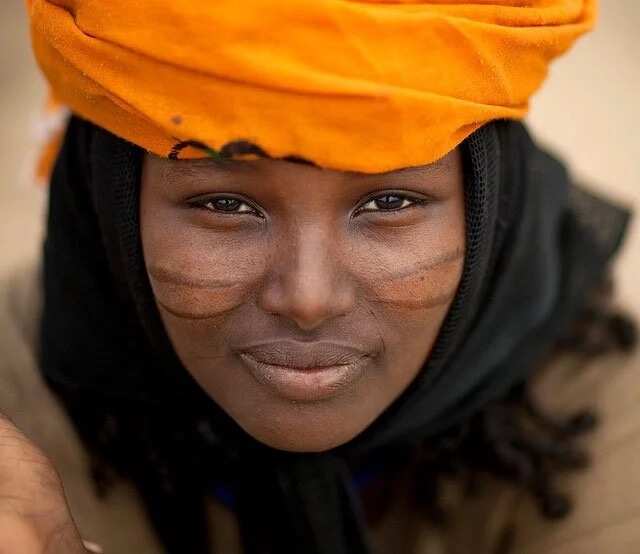Tribal Marks: The Cultural Legacy and Modern Perspectives


Tribal marks have been a longstanding part of numerous African cultures, serving as distinctive facial patterns that symbolize identity, heritage, and status within a particular tribe or community. These unique markings, etched into the skin, carry deep historical and cultural significance. However, as society evolves, so do our perspectives on such practices. Let’s explores the origins, cultural implications, and modern viewpoints regarding tribal marks.
The origins of tribal marks are rooted in centuries-old traditions and customs. Different tribes across Africa have used facial markings as a means of identification, signifying clan affiliation, social status, or even spiritual beliefs. These marks were usually made during childhood or adolescence and were perceived as a rite of passage into adulthood.
The patterns, shapes, and placement of tribal marks vary among different tribes, reflecting their specific cultural values and aesthetic preferences. Some tribal marks are simple linear or geometric patterns, while others are more intricate and elaborate, depicting specific symbols or designs unique to a particular tribe.
For many cultures, tribal marks represent a sense of belonging and pride in one’s heritage. They hold immense cultural value, with each mark telling a story of ancestral lineage and ancestral spirits. They act as visible reminders of familial ties, community bonds, and cultural practices that have been passed down through generations.
However, as societies modernize and become more interconnected, the perceptions surrounding tribal marks have evolved. Many view them through the lens of human rights and bodily autonomy, questioning the ethics and practicality of permanently altering one’s appearance based on societal norms and traditions.
In some cases, tribal marks have been associated with negative experiences, including discrimination, stigmatization, and limited career opportunities. This has led to a decline in the practice of tribal marking in some communities, as individuals strive to assimilate into a more homogenous and globalized society.
The introduction of new laws and regulations in some African countries has increasingly prohibited the practice of tribal marking, particularly on minors. These regulations aim to protect children’s rights and promote their physical and emotional well-being, as the process of receiving tribal marks can be painful and carries potential health risks.
While the cultural value of tribal marks should not be ignored, a balance must be struck between preserving cultural heritage and respecting individual rights and freedoms. Many argue that cultural practices and symbolism can still be celebrated and maintained without permanently altering one’s physical appearance. Embracing other aspects of one’s cultural identity, such as language, music, and traditional ceremonies, can help preserve cultural heritage without subjecting individuals to potentially harmful and irreversible procedures.
